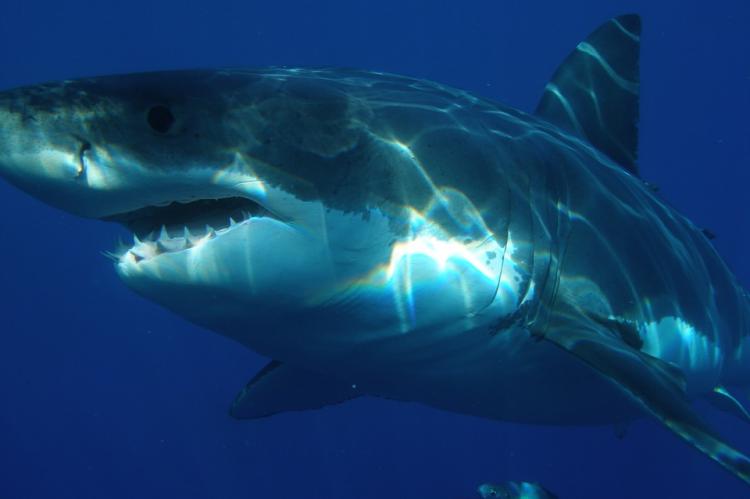Study first to identify shark species involved in fin trade
Almost a third of the shark species in the fin trade have been confirmed to be under threat of extinction, according to a study.
A new study states that almost a third of the shark species in the global fin trade are threatened with extinction. This is the first study to estimate the number of species in the fin trade and categorise them according to extinction risk.
It is not easy to identify the shark species by merely looking at the fins on display in the shop. Hence, the researchers ventured into the 'field' (specifically, the Hong Kong retail shark fin market) and purchased 4,800 trimmings from almost 100 vendors.
Back in the lab, they attempted to get viable DNA samples from them.
Eventually, almost 80 species of shark, ray and chimaera were identified. A third of them are currently categorised as being threatened with extinction by the International Union for Conservation of Nature (IUCN).
“The species diversity tells us the market sustains itself on many different fin types and that if supplies of one dry up as the species disappears in the wild the trade can continue with the others,” said Demian Chapman, from Florida International University. The marine scientist had led the study, the findings of which were published in the Conservation Biology journal.
“Because the fin trade is not tracked species-by-species, this sets up a situation where some types of sharks can decline towards extinction unnoticed as the trade pushes forward with more prolific species,” he added.
In addition, the study revealed that only about a fifth of the species in the Hong Kong shark fin trade are fished responsibly. However, their fishing was being managed in a few of the countries where the fish are found.
“There is a very long way to go but if recent momentum continues, then I think we can protect the most vulnerable species from the trade, while sustainably fishing those that are prolific enough to handle it,” Chapman said.


